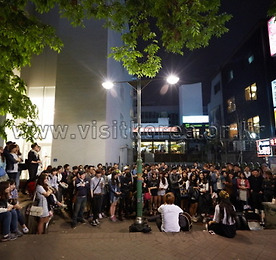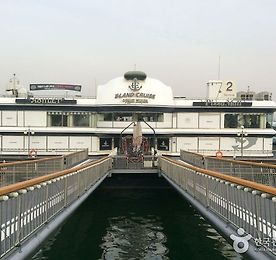 [Korea Tour Guide] Seoul - Hongdae (Hongik University Street) (홍대)
Hongdae is a neighborhood known for its youthful and romantic ambience, underground culture, and freedom of self-expression. Unique cafes, cozy galleries, accessory stores, fashion shops, live cafés and clubs, art markets, and gourmet eateries make this a popular hang-out for local youth and a fascinating place to walk around. These unique places plus the cultural events, street performances, an..
더보기
[Korea Tour Guide] Seoul - Hongdae (Hongik University Street) (홍대)
Hongdae is a neighborhood known for its youthful and romantic ambience, underground culture, and freedom of self-expression. Unique cafes, cozy galleries, accessory stores, fashion shops, live cafés and clubs, art markets, and gourmet eateries make this a popular hang-out for local youth and a fascinating place to walk around. These unique places plus the cultural events, street performances, an..
더보기
 [Korea Tour Guide] Seoul - Hangang River Ferry Cruise (이랜드크루즈 한강유람선)
Hangang River Ferry Cruise is one of the best ways to enjoy the scenery around the Hangang River, which flows through the heart of Seoul. On the cruise, you can see Hangang River’s beautiful scenery, various small islands, Jeoldusan Park, 63 Square, N Seoul Tower, Jamsil’s Sports Complex, and other famous tourist spots. The cruise is often used for weddings, birthday parties, music performances,..
더보기
[Korea Tour Guide] Seoul - Hangang River Ferry Cruise (이랜드크루즈 한강유람선)
Hangang River Ferry Cruise is one of the best ways to enjoy the scenery around the Hangang River, which flows through the heart of Seoul. On the cruise, you can see Hangang River’s beautiful scenery, various small islands, Jeoldusan Park, 63 Square, N Seoul Tower, Jamsil’s Sports Complex, and other famous tourist spots. The cruise is often used for weddings, birthday parties, music performances,..
더보기